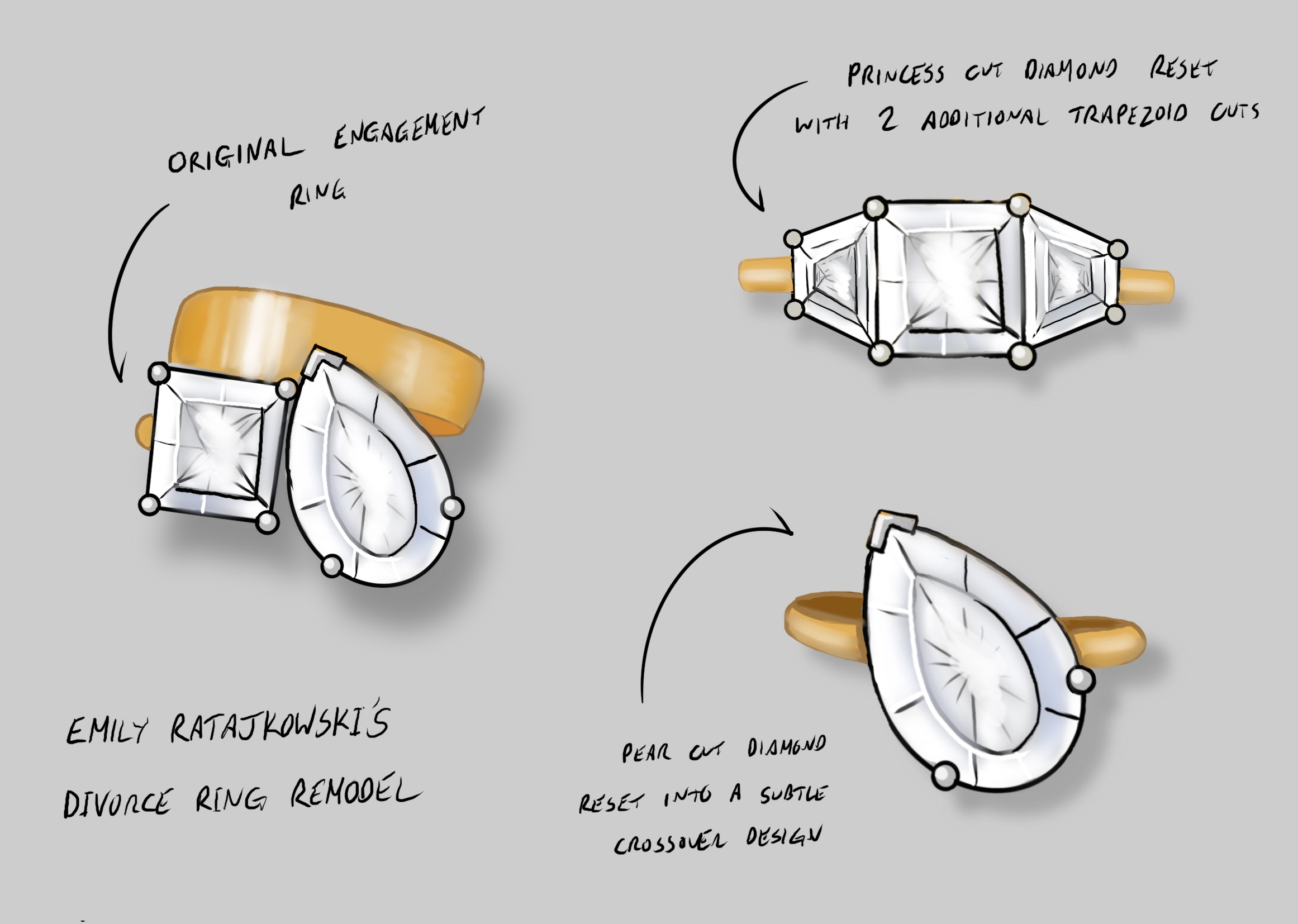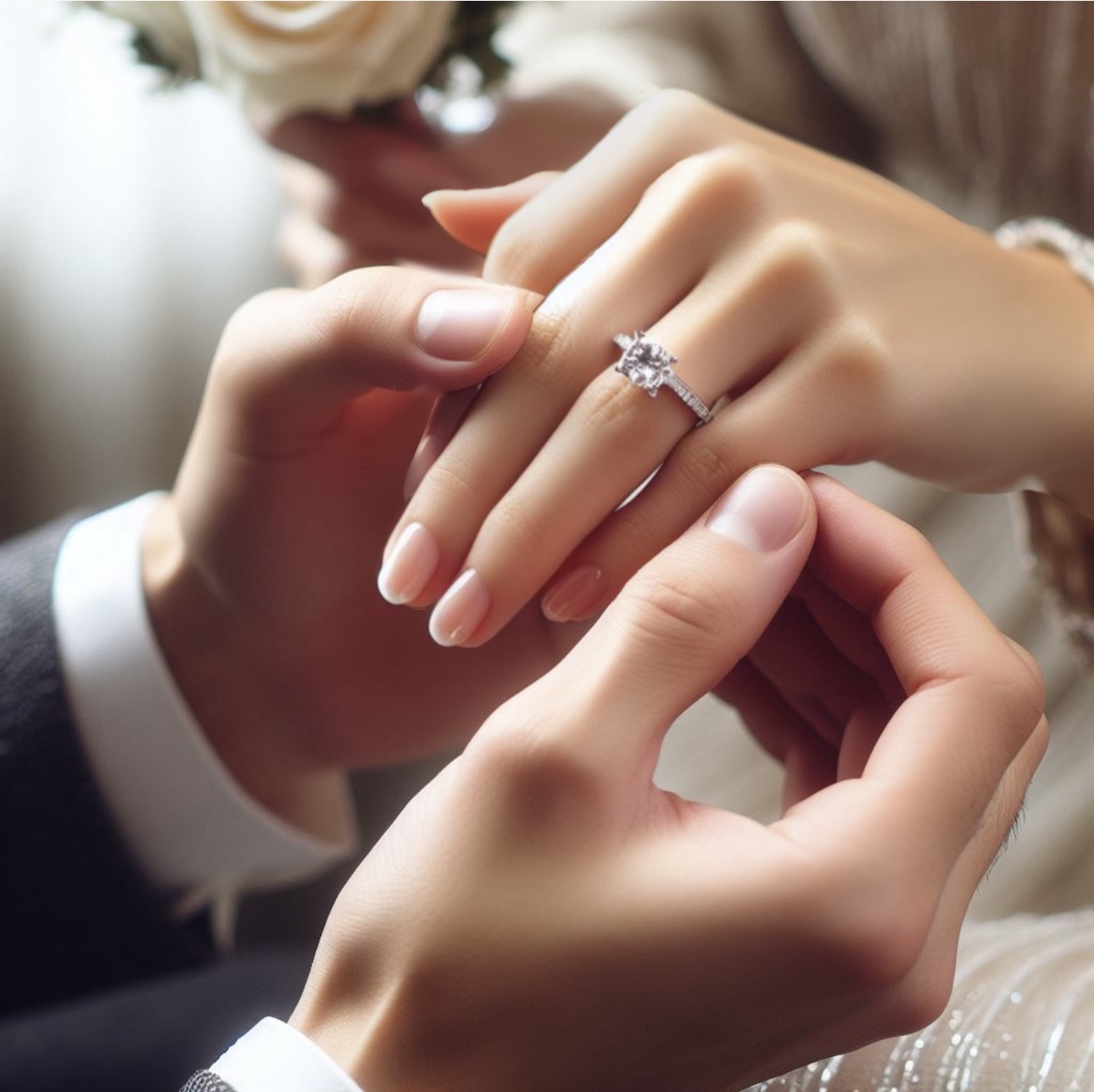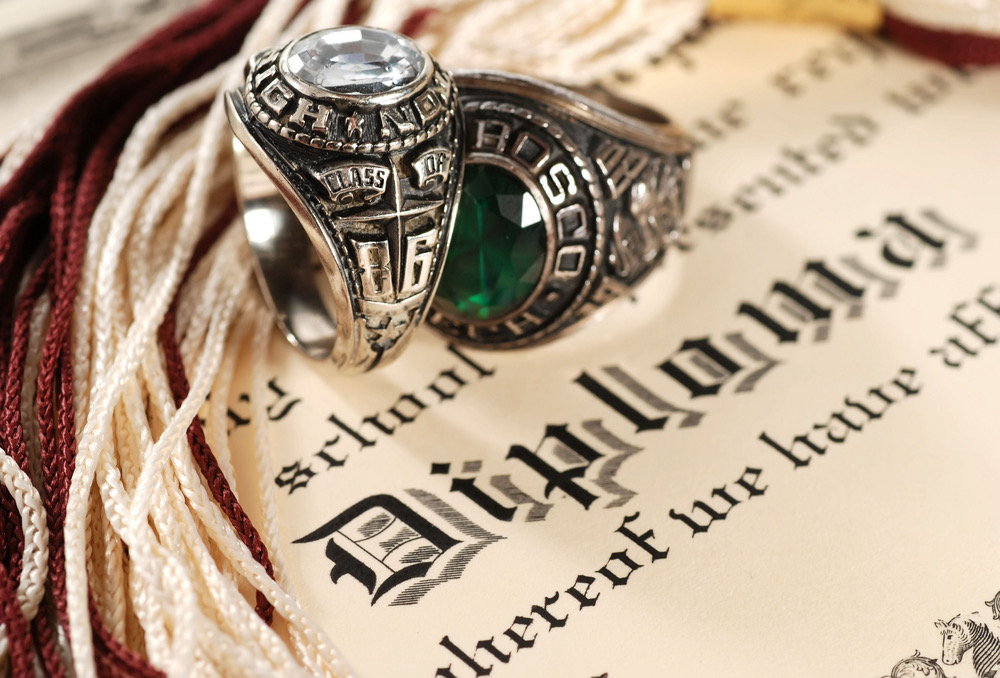
Transforming Pain into Beauty: The Rise of Divorce Rings
Transforming Pain into Beauty: The Rise of Divorce Rings In jewellery a Diamond is usually a symbol of love whether
choose a stone…
choose a setting…
choose a metal…
choose a finish…
…choose ring
21 Meeting House Lane
Brighton East Sussex
BN1 1HB
1273 773 544
21 Meeting House Lane
Brighton
East Sussex
BN1 1HB
Categories:
Measuring Diamond Weight in Carats
GIA (Gemological
Institute of America), the leading authority in diamond evaluation, includes
Carat weight in the 4Cs (the other three being Cut, Clarity, and Colour) as one
of the main factors that define the value of a diamond. One carat weighs 1/5 of a
gram (or 200 mg), which is subdivided into 100 points. When a jeweller places a
diamond on an electronic scale, the number he pays attention to is calculated
up to two decimal points, despite the fact that such devices are sensitive
enough to go beyond this precision. And for those who might be a bit confused,
diamond carats are different from the ones that measure the purity in gold
alloys and are also written in English as ‘carat’.
Below is a carat to mm size chart for round, brilliant cut Diamonds

Once Upon a Time
In
ancient times, and especially along the Southeastern shores of the
Mediterranean, people measured gems against the carob bean or seed. They actually
used its uniform weight as a convention. The word carat appears first in
English texts in the mid-15th century and comes from the Italian
‘carato’ with roots in the Greek word ‘keration’ that translates into carob
seed. Back then, each country seemed to have its own carat, which would double
as gem and gold weight measurement. Another ancient equivalent to the carat was
four grains of rice and that’s why a quarter of a carat was also called a ‘one
grainer’.
Below – 0.25ct round brilliant cut crossover engagement ring

Until Today
In
the 19th century the need to standardize globally the metric unit
for diamond weight was apparent, so an ‘international carat’ of 205mg was
agreed in 1877 by the Syndical Chamber of Diamond Merchants in Paris, where it
was rounded to 200mg in 1907 by the fourth General Conference of the Metric
Convention. It soon became law in France and was gradually adopted all over the
world.
Below – 0.80ct round brilliant cut 6 claw engagement ring

Measurements
A
diamond’s weight is closely related to its measurements, mainly because a nice
value-for-money diamond has to look its weight. There is a narrow range of
suggested measurements for a round brilliant cut diamond at each weight. The
classic case of the one-carat diamond comes with a suggested diameter of
6.4-6.5 mm. A smaller diameter for a given carat weight means lower quality and
lower price. A larger diameter – even for fractions of a millimeter – might
make your stone look bigger than you expect, but with less of a brilliance or
‘fire’. It affects the way this stone reflects light and increases the
possibility of light leakage from the sides or the bottom (culet), which reduces
the desirability of the stone. For a 1.50ct diamond the diameter should be
around 7.5mm, for a 2.00ct it should be 8.1-8.2mm, and you will see a few more such
measurements in the following carat-mm chart. As a rule of thumb, you should avoid
round diamonds that are cut either too shallow or too deep. Jewellers who want
to save up to 25% more weight of the raw stone they are cutting from, design in
fancy shapes (not round) such as pear, Marquise or oval ones that often mask
some of the imperfections.
Below – 1.00ct round brilliant cut north, south, east, west 4 claw engagement ring

Pricing
Diamonds
of great size are a symbol of rarity and power. In fact, as the carat weight
gets larger, the value of the diamond increases disproportionately to reach great
heights. For diamond insiders, that applies to super tiny diamonds too, which
are also in great demand by jewellers. Our international guide to pricing is
the Rapaport report, which is based on the evaluation of the 4Cs for each
diamond. Along with a GIA report which is the gold standard in evaluating
diamonds, we make sure that we pick diamonds of outmost desirability
(hand-picked to reflect the light well and to look their best at each pricing
bracket). Beyond technical characteristics, each stone is unique and it has to
be the most beautiful one, every other characteristic being equal.
You can take a look at more of our diamond engagement rings by clicking here.

Transforming Pain into Beauty: The Rise of Divorce Rings In jewellery a Diamond is usually a symbol of love whether

Which finger is the engagement ring worn on? In the UK, as with many other Western countries, an engagement ring

U.S. Graduation Rings And The Symbolism Behind Them As Super Bowl LVIII (58) comes to an end the Kansa City
Tel: +44 (0) 1273 773 544
Email: ringdesign@hotmail.co.uk
21 Meeting House Lane
Brighton
East Sussex
BN1 1HB
Open 7 days a week
Mon-Sat: 10:30am – 5pm
Sun: 11am – 4:30pm